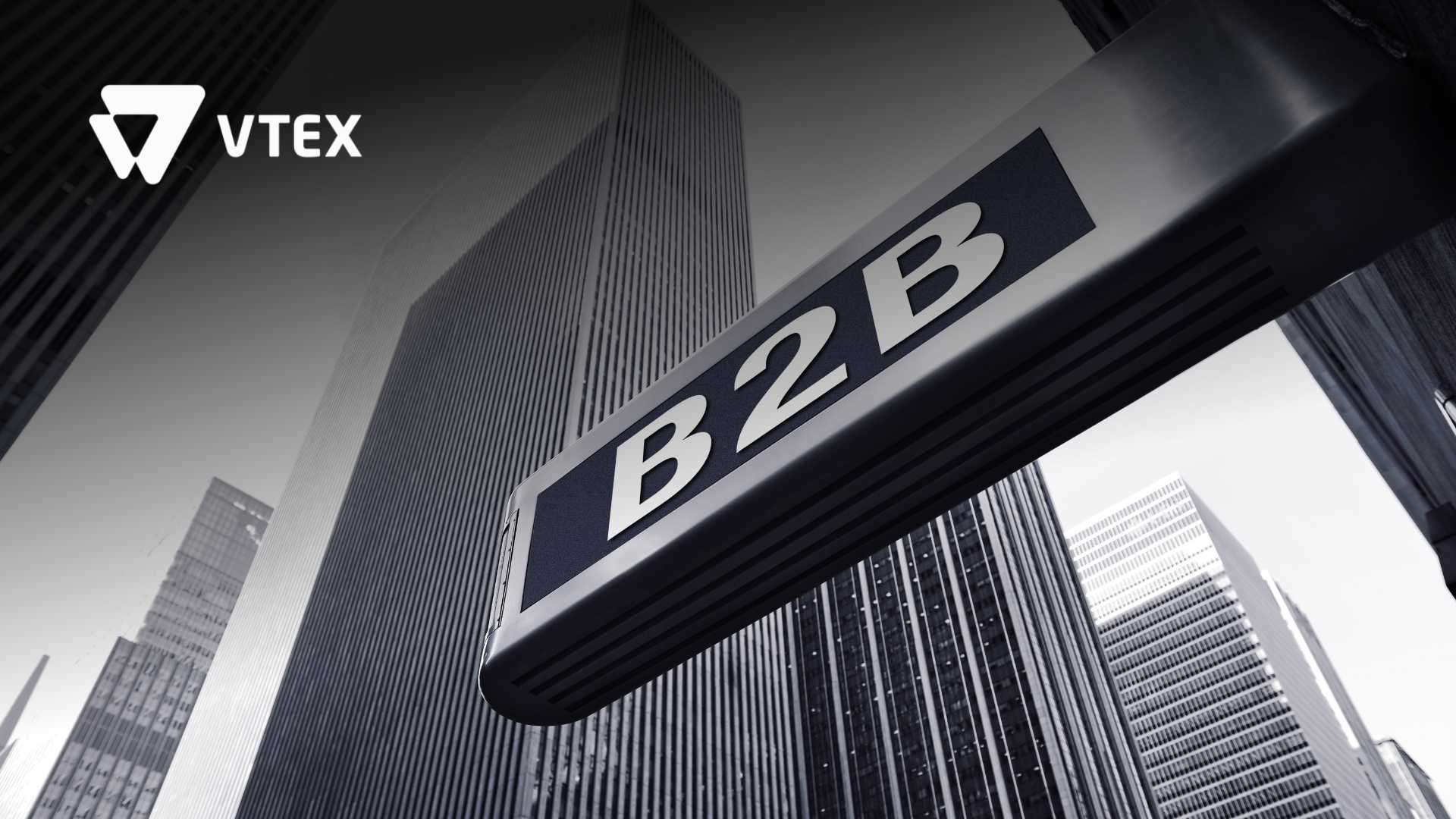

artificial intelligence automation
VTEX Pushes Enterprise Commerce Into AI-First Era With Vision 2025
VTEX Pushes Enterprise Commerce Into AI-First Era With Vision 2025
 Business Wire
Business Wire
Published on : Aug 21, 2025
When enterprise buyers shop, they don’t just want speed—they want scale, personalization, and procurement rules followed to the letter. At VTEX Vision 2025, the NYSE-listed commerce platform made its case as the backbone of modern connected commerce with a hefty lineup of new B2B features, fresh omnichannel capabilities, and its boldest play yet: an AI-powered workforce designed to automate enterprise operations.
The timing is spot-on. As digital commerce accelerates, enterprises are under pressure to cut costs, unify siloed systems, and deliver personalized experiences that rival consumer-grade platforms. VTEX’s pitch? A single platform that can do it all.
B2B Commerce Gets Its Own Playbook
Unlike consumer retail, B2B commerce isn’t about quick conversions—it’s about navigating approval hierarchies, budget controls, and bulk orders without breaking workflows. VTEX is doubling down on this complexity with new enterprise-grade tools:
-
Personalized catalogs, pricing, and payments per buyer for tailored procurement.
-
Buyer org management with branch structures, role-based access, and policy enforcement.
-
Approval workflows that automate procurement compliance.
-
Quick order tools & SKU matrix support for high-volume repeat purchases.
-
Punchout integrations to plug directly into corporate procurement systems.
That’s not a shiny add-on—it’s infrastructure. According to B2B analyst Andy Hoar’s B2B Paradigm 2025 report, VTEX outscored rivals in Total Cost of Ownership and Marketplace capabilities. Translation: they’re not just keeping pace—they’re setting the bar.
Omnichannel Finally Feels Seamless
Retailers have long chased the dream of omnichannel, but reality often looks like a patchwork of siloed inventory and delayed delivery promises. VTEX is trying to fix that by giving brands a more intelligent backbone. New features include:
-
AI semantic search & recommendations for personalized discovery.
-
Unified inventory across B2C, B2B, marketplaces, and physical stores.
-
Multi-seller carts that merge items from first-party, third-party, and in-store stock.
-
Delivery Promise & cross-channel fulfillment, streamlining BOPIS and Ship-from-Store.
If this sounds like a direct challenge to the likes of Salesforce Commerce Cloud or Adobe Commerce, it is. Where rivals emphasize marketing-first, VTEX is making the supply chain sexy—because without operational accuracy, personalization is just window dressing.
Meet the “Agentic AI” Workforce
The flashiest part of Vision 2025 was VTEX’s first wave of AI agents—digital specialists designed to automate enterprise bottlenecks. This isn’t just chatbot 2.0; it’s a step toward an “agentic commerce” future where infrastructure thinks on its own.
-
Customer Service Agent: Already in action at UNICEF and Cencosud, resolving 92% of support tickets autonomously and slashing average handle time from hours to minutes.
-
Visual Editor Agent: Coming soon, it will let teams update storefronts using natural language or even a Figma file—no devs required.
-
Data Insights Agent: Real-time performance data delivered in plain English, minus the dashboards and SQL queries.
If these land as promised, enterprises may finally shift from reactive firefighting to proactive growth strategies. In other words, AI becomes less about novelty and more about ROI.
Enterprise commerce is in a high-stakes transition. Companies are juggling global supply chains, buyer demands for personalization, and mounting pressure to prove ROI on every investment. VTEX is betting that one platform for B2B, B2C, marketplaces, and AI-driven operations is the answer.
Mariano Gomide de Faria, VTEX’s co-founder and co-CEO, summed it up bluntly: “Flexibility, transparency, and real-time adaptability will define the next generation of enterprise leaders. Anything else will be left behind.”
It’s a bold claim—but with AI agents running support, procurement running smoothly across continents, and omnichannel finally resembling the seamless vision brands were promised a decade ago, VTEX may have just raised the stakes for its rivals.
Get in touch with our MarTech Experts.




